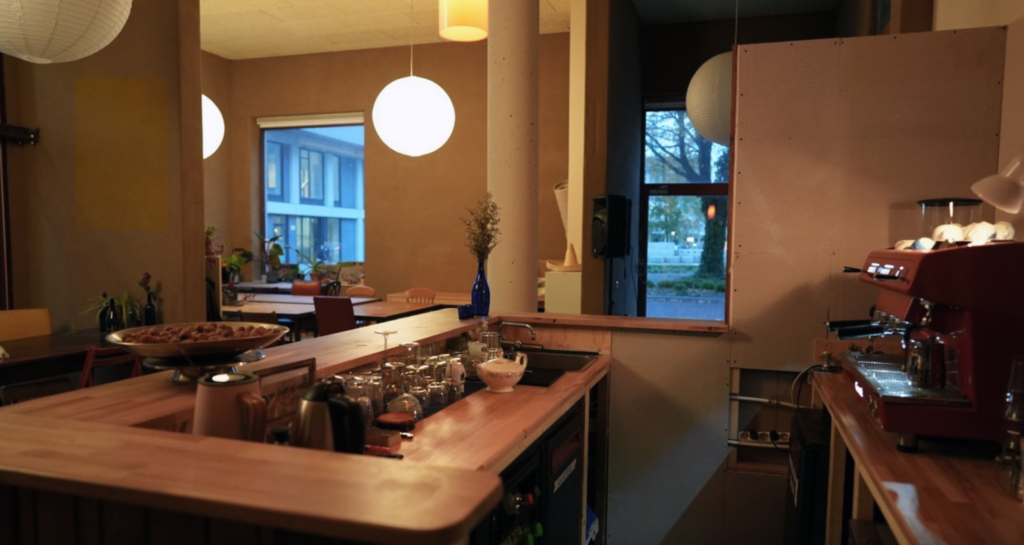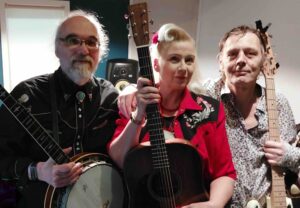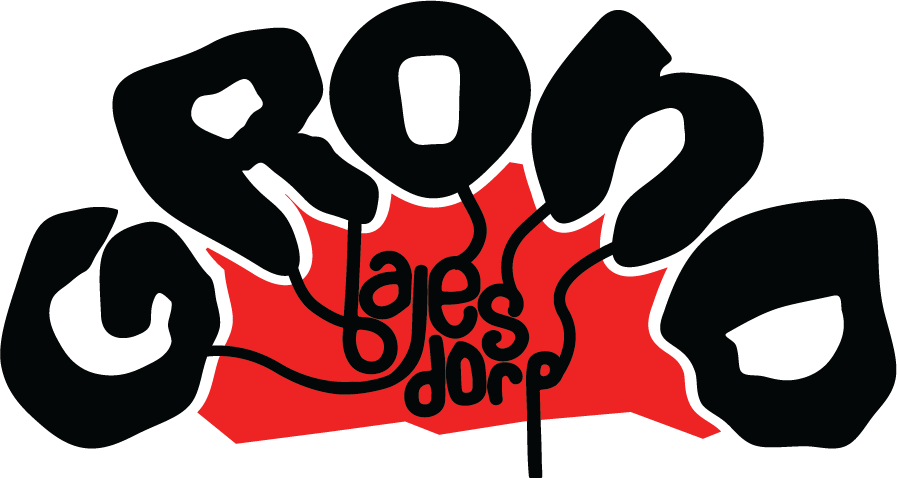
- This event has passed.
Opening GROND Kitchen and Music of Rubakov trio + Moonshine

AN EVENING WITH MUSIC OF RUBAKOV TRIO & MOONSHINE AND FOOD FROM OUR **NEW** KITCHEN!
Price for dinner sliding scale starting from € 12,50,
Price for concert sliding scale starting from € 5
PROGRAMME
18:00 / GROND Kitchen Opening – A Taste of Things to Come
GROND, the new art space and collective at Nieuwe Bajesdorp, is rooted in collectivity, sustainability, cross-pollination, and process-based work. As part of this vision, we are excited to introduce the GROND Kitchen, a space where food becomes an extension of our artistic and communal practice.
On February 14th, we invite you to join us for the official opening of the GROND Kitchen. From 18:00 onwards, you are welcome to explore our food offering, followed by a live concert later in the evening. (En feestje)
What to Expect?
We will serve a diverse selection of small dishes, offering you a taste of what GROND Kitchen has to offer. The evening will feature an assortment of vegetarian (mostly vegan) bites, along with a soup & salad buffet inspired by Eastern-European cuisine, in harmony with the music of the night.
A Preview of the GROND Kitchen
This event is a first introduction to our culinary approach—an opportunity to share our vision through food and give you a glimpse of what’s to come. The chefs are Ramon Smit and Judith Baten (with the support of Lianne van Roekel).
We are looking forward to sharing this moment with you! Join us at GROND on February 14th at 18:00.

20:00 / Music of Rubakov Trio & Moonshine
We offer you this evening improvisation and freewheeling poetic compositions and local country music!
The music of the Rubakov Trio is inspired by the work of the Soviet artist Alessandro Rubakov (Messina 1912 – Jrkoetsk 1981), Eric Dolphy, Leo Wadada, and artist Maria Basile. Hansko has been playing with Bas for decades in the phenomenal band Plan Kruutntoone.
- Ruggero di Luisi (Palermo/amsterdam) drums and fruleta.
- Hansko Visser (bonn/groningen) otwin guitar and rattles
- Bas Alblas (haarlem/den andel) double bass
- Lyrics by Hansko, Wadada, Luetzi and Brodsky
The music of Moonshine is a soulful country/bluegrass ‘met een lach en een traan’ (with a smile and a tear). From Hank Williams till Henk Wijngaard. Moonshine is Marita (voice, guitar) Nico (banjo, voice), Lucas (bass).

Aca Abujevic Rubakov (Giampilieri 1912- near Irkutsk 1981?) was the fruit of love of an afro-russian sailor and the priests daughter in a sicilian village… they met in the aftermath of the 1911 earth quake in Messina, where the russian fleet tried to help out, Maria was a voluntary nurse, and the little Allessandro (aca) was conceived.
When he was born, his father had been re-allocated to Russia already. Turning 17 he left the warmth of his Sicilian mothers home
to find traces of his father and his background. during his time in the soviet union
studied a few years at a leningrad art collective, but then
dissapeared for decennia.
it was known only much later (in the end of the eighties), that he
spent time with the Tengeri people near Irkutsk, where his father Abu was said
to have died in a Stalin camp in the thirties, and where Aca enventually fell ill.
He was taken care of by the local Shaman and spent his last year painting
on literally everything he could find.
Hansko met his work the first time he played in Vilnius with I Zimbra visiting a semi legal art exhibition ( 1988!) where among the work of contemporay lithuanian artists, some of the found objects of A A Rubakov where shown. Later, while at work in Messina we found more drawings and dug op fragments of the story of his life. With the help of people in Petersburg and Dusanbe (!) later paintings were retrieved. To us , the most intrigueing element of the work is the search of an artist for his (black) roots, mixed with the siberian shamanistic influences of his last dwelling place. We try to combine it with our search for a musical background where we try to belong, to feel at home.
